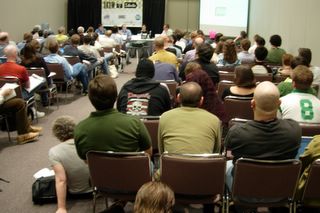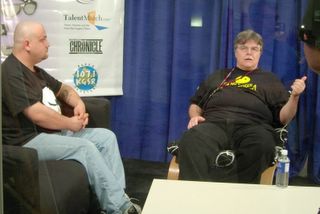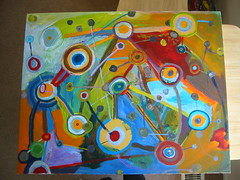The Snowsuit Effort - Sammi
Mobile Phones and SMS for Addressing Development Needs
Grassroots Use of Technology - Conference April 15-16, 2005
Where the Internet Goes Bust, Radio Steps In
Enhancing Internal Communications with Blogs, Wikis, and More
Technology For Communities
J.B. Walther - Some interesting publications
Flickr: Transparent Screens
Bill Harris - The power of "and"
Creating Passionate Users: Interaction vs. one-way communication
Ben Brown and Connections
Welcome Bill Harris to the Blogosphere
Ed and Social Software for the New Parent
And now for something purely chocolate
Mama JunkYard's- Not Just Junk!
Bioteaming: A Manifesto For Networked Business Teams
Why Craigslist Works, by Craig
Teaching Writing, Collaboration, and Engagement in Global Contexts: The Drupal Alternative to Proprietary Courseware | cyberdash
Tild ~: Return of She-blogger
SXSW Session Notes - Lawver Wiki
Five Lenses: Towards a Toolkit for Interaction Design, by Tom Erickson
Setting up a High-Tech Language School? - Heike Philp
Post SWSW Texas BBQ Dinner
SXSW: Democracy and Technology
SXSW: Are Political Parties Obsolete?
SXSW: Deliberative Democracy Panel
SXSW: Activist Technology Panel
Examining an Experience Through a Particular Lens
SXSW: Where are the women of web design?
SXSW: Blogging While Black Panel
SXSW: Now, on the Right Brain
Inadvertent sexism? Bridge or meaningless political correctness?
Women, Men and Linking Patterns
SXSW: How many women in the room? Bald men?
South by Southwest - First Impression - White. Male.
More on the MS/Groove Aquisition
Surfette: Bloghercon 2005
Microsoft buys Groove... do you think they will get colaboration now?
The Simplicity of the Semantic Web
David Warlick on Blogging and Community Building
Practical Advice:Technorati tags: an introduction
Dawn Meson - What does the quantum world look like?
Watching the NVHAInnovations Event Live Blog
Robert Paterson's Weblog: Going Home - Our Reformation





















